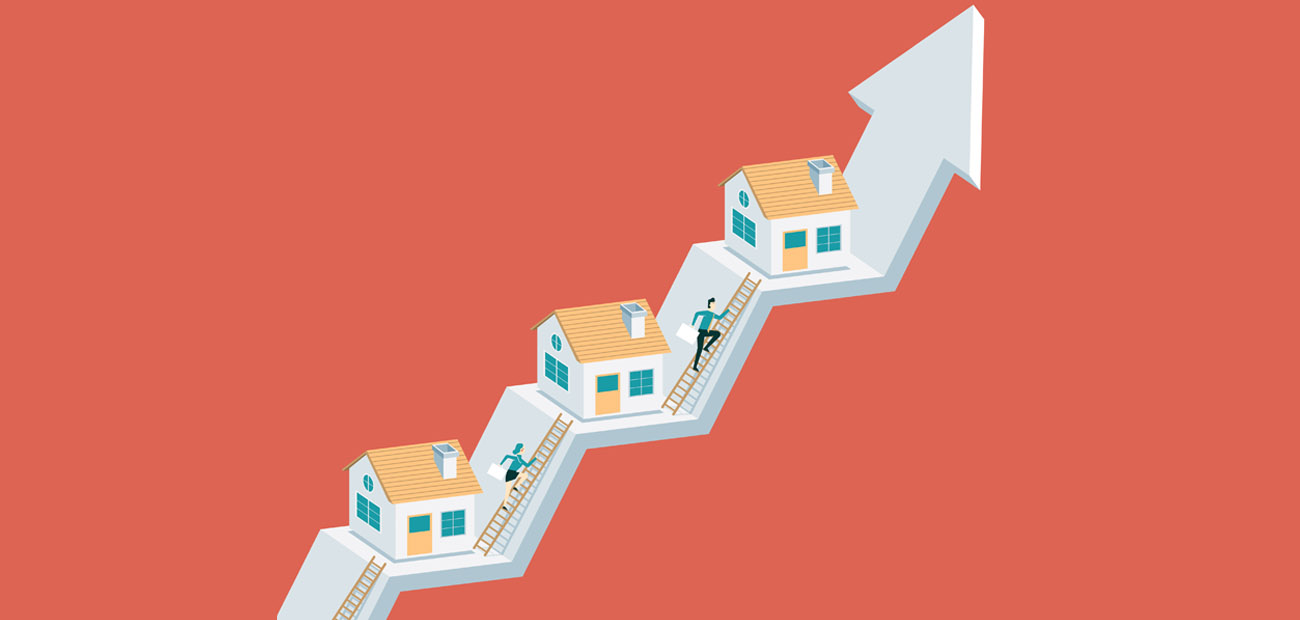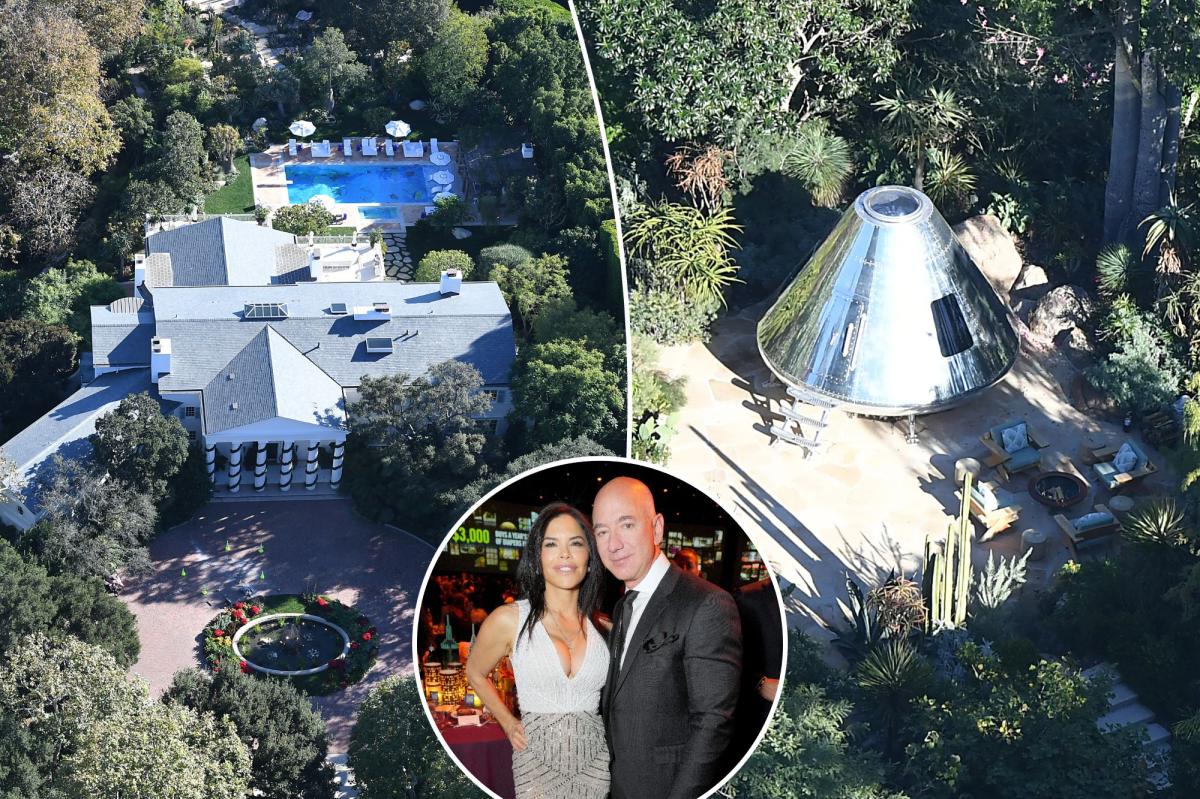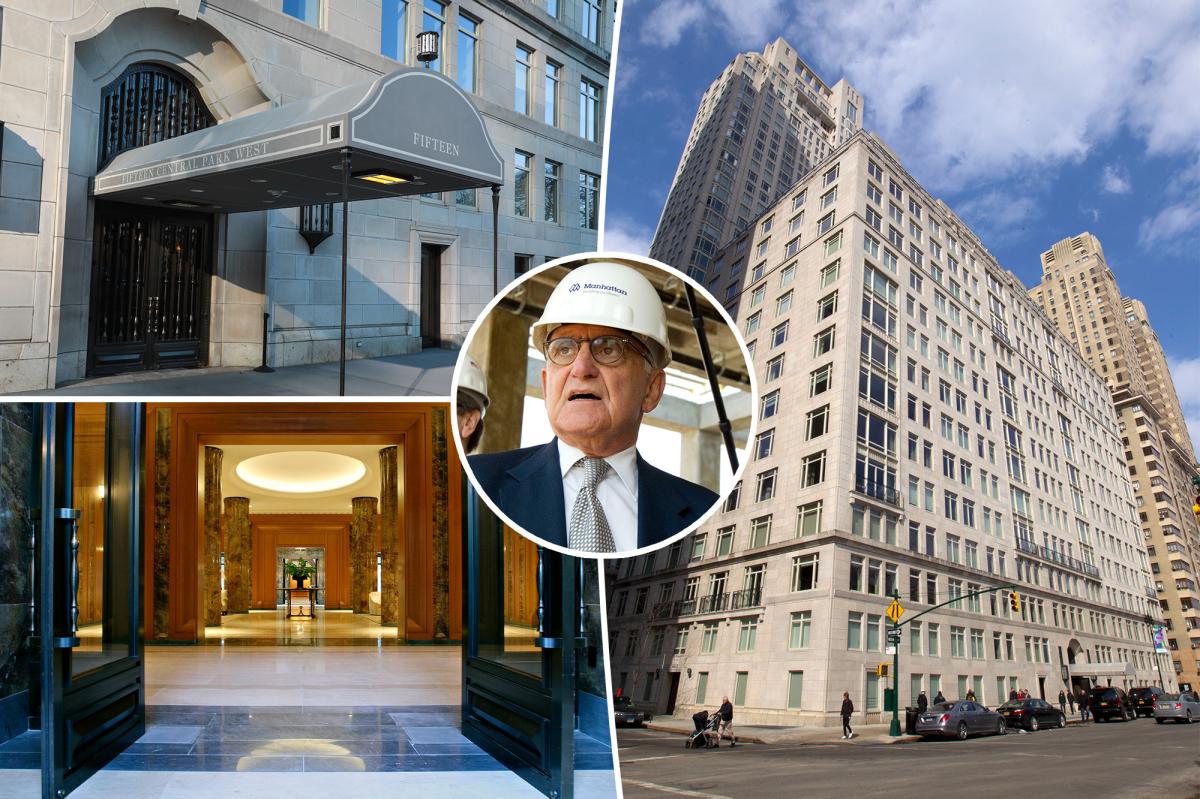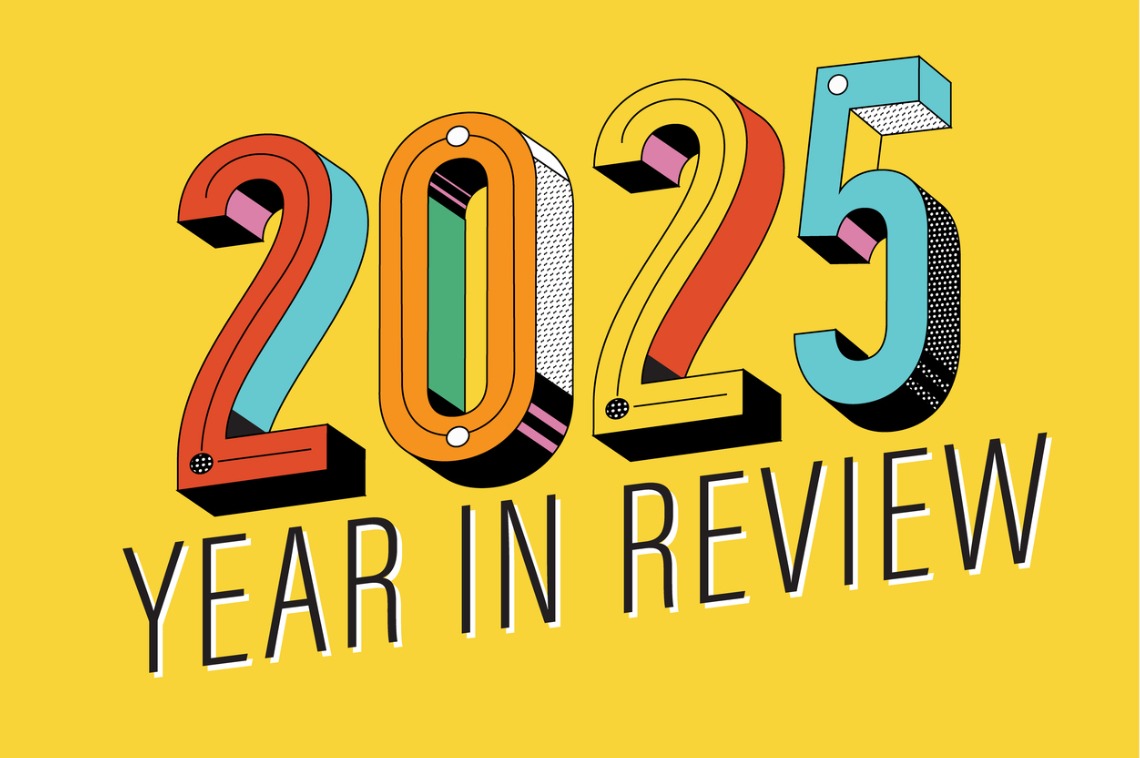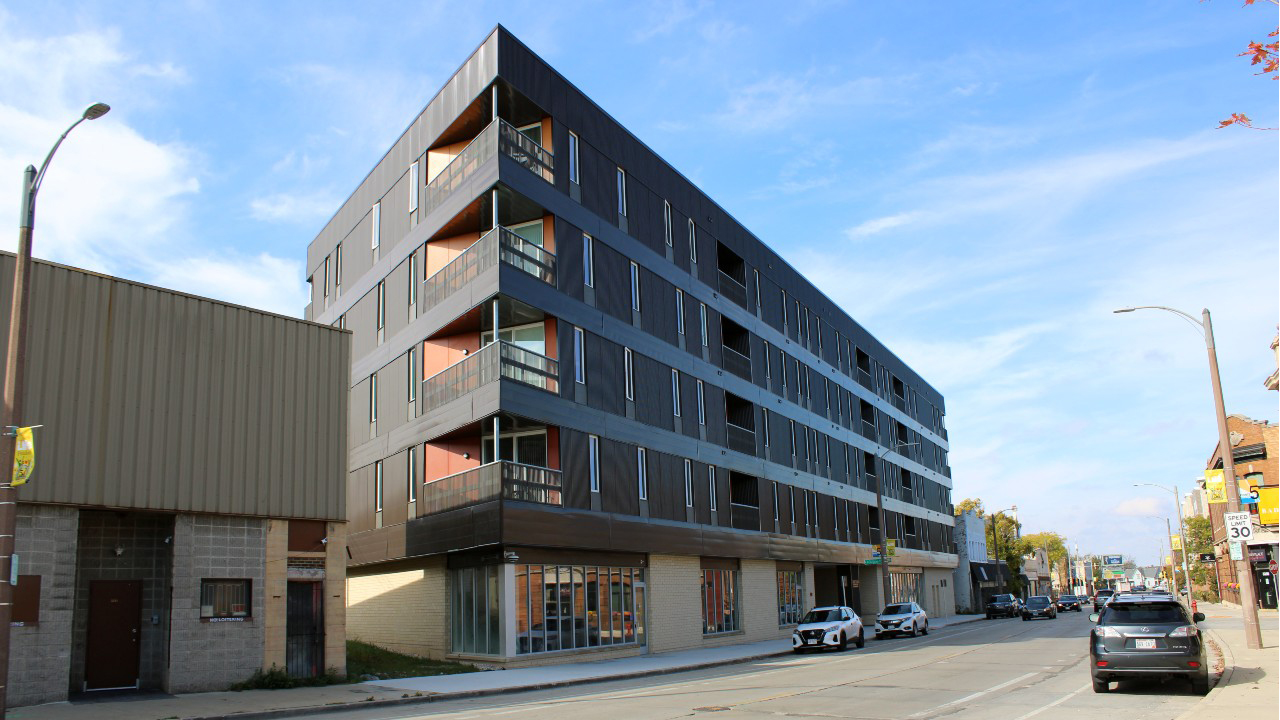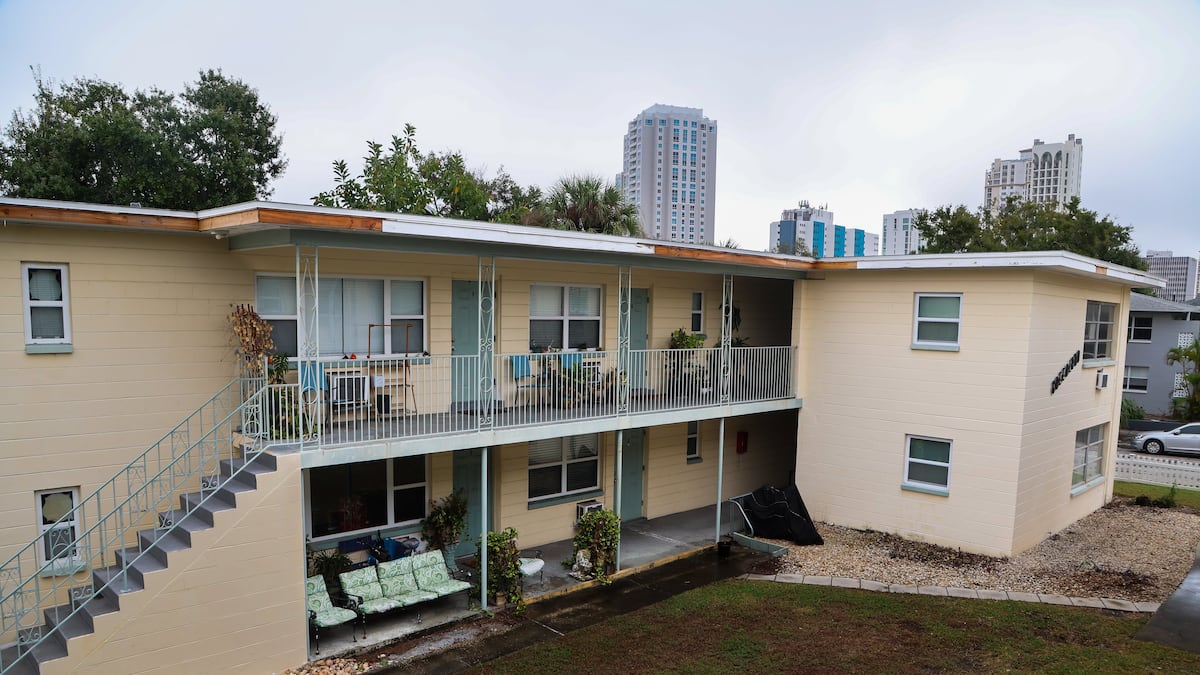H
ome values keep rising, benefiting owners but tightening the market for buyers. In Q3, 77 % of the 230 U.S. metros saw price gains, up from 75 % in Q2, per the latest NAR quarterly report. The national median price for an existing single‑family home hit $426,800, a 1.7 % year‑over‑year increase. Lawrence Yun, NAR’s chief economist, notes that rising prices have built record‑high housing wealth; homeowners have averaged $140,900 of equity growth over the past five years. This equity surge fuels a surge in cash buyers, who accounted for 30 % of all sales in September.
Price hikes were strongest where inventory is tight—especially in the Northeast and affordable‑price Midwest markets. The metros with the largest year‑over‑year median gains in Q3 were:
- Trenton, N.J.: +9.9 %
- Lansing‑East Lansing, Mich.: +9.8 %
- Nassau‑Suffolk, N.Y.: +9.4 %
- New Haven‑Milford, Conn.: +9.0 %
- New York‑Jersey City‑White Plains, N.Y./N.J.: +8.1 %
- Manchester‑Nashua, N.H.: +8.0 %
- St. Louis‑Mo., Ill.: +7.9 %
- Bridgeport‑Stamford‑Norwalk, Conn.: +7.8 %
- Toledo, Ohio: +7.7 %
- Cleveland‑Elyria, Ohio: +7.7 %
Regional trends
- Northeast: 6 % jump, median $540,100
- Midwest: 4.2 % rise, median $331,100
- South: 0.5 % increase, median $372,800
- West: 0.1 % decline, median $633,900
Overall, 23 % of metros recorded price drops in Q3, slightly down from 24 % in Q2. Yun attributes declines mainly to southern states, where recent construction and job growth create temporary price corrections, offering a second chance for buyers priced out earlier.
Affordability challenges
Mortgage rates, which began the year near 7 %, have eased to the mid‑low 6 % range, easing pressure but not fully offsetting price growth. In Q3, the average monthly payment for a single‑family home with a 20 % down payment was $2,187—down 2.8 % from Q2 but 2.2 % higher than a year ago.
First‑time buyers face the steepest strain. NAR’s 2025 Profile of Home Buyers and Sellers shows first‑time buyers now represent only 21 % of sales, the lowest since 1981. Before 2008, they consistently made up 40 %. Inventory shortages and affordability hurdles push many to the sidelines. Jessica Lautz, NAR’s deputy chief economist, highlights that the low share reflects a market starved for affordable inventory.
For those who do purchase, the financial burden is clear. The typical starter home, priced at $362,800, now carries a monthly payment of $2,146 with a 10 % down payment—$45 higher than a year ago. First‑time buyers allocate 37.4 % of household income to mortgage payments, a level considered “cost burdened” by analysts.
Top expensive markets
Coastal and western metros remain the priciest. The highest‑cost markets in Q3 versus 2024 were:
- San Jose‑Sunnyvale‑Santa Clara, Calif.: median $1.9 M (+0.8 %)
- Anaheim‑Santa Ana‑Irvine, Calif.: $1.4 M (+0.1 %)
- San Francisco‑Oakland‑Hayward, Calif.: $1.3 M (+0.5 %)
- Urban Honolulu, Hawaii: $1.1 M (‑0.9 %)
- Salinas, Calif.: $1.0 M (+6.3 %)
- San Diego‑Carlsbad, Calif.: $1.0 M (0 %)
- Los Angeles‑Long Beach‑Glendale, Calif.: $954,100 (+0.7 %)
- Oxnard‑Thousand Oaks‑Ventura, Calif.: $935,700 (‑1.2 %)
- San Luis Obispo‑Paso Robles, Calif.: $931,800 (‑1.9 %)
- Bridgeport‑Stamford‑Norwalk, Conn.: $844,900 (+7.8 %)
These figures underscore the continued concentration of high‑price housing in the West and select coastal regions, while the Midwest and Northeast see stronger growth amid tighter inventories.
